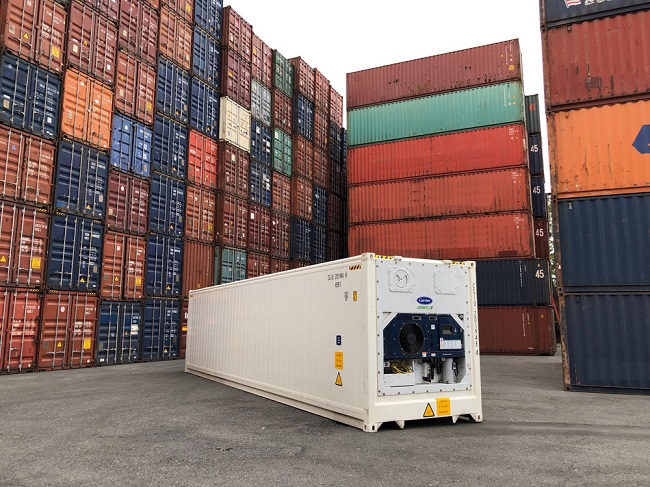How do Refrigerated Shipping Containers or Reefers Work
Perishable commodities' long-distance transportation has become a crucial component of global commerce. Reefers, or refrigerated shipping containers, have completely changed how perishable goods are carried, guaranteeing that goods like produce, medicines, and other temperature-sensitive goods reach at their destinations in top shape. This article explains how refrigerated shipping containers keep our products fresh.

The Basics of Refrigeration Technology
The refrigeration technology used in shipping containers is fundamentally the same as that used in regular refrigerators. Reefers, on the other hand, need a system that can maintain a consistent temperature range despite being exposed to outside environmental factors. The refrigeration unit, which is normally positioned atop the shipping container's upper front part and is powered by electricity or onboard generators, is located there.
Temperature Regulation and Monitoring
The ability to precisely regulate temperature is one of the most important features of refrigerated transport containers. The refrigeration system can change and maintain the appropriate temperature thanks to sophisticated sensors that continually monitor the inside temperature. This temperature control is essential since different products need different temperatures to stay fresh and avoid rotting.
Management of Insulation and Airflow
High-quality insulating materials are used during construction of reefers to reduce heat transfer between the inside cargo and the outside environment. The walls, floor, and ceiling of the container are constructed to act as a thermal barrier, efficiently maintaining the inside temperature. Furthermore, carefully positioned fans and vents provide appropriate circulation throughout the container, eliminating temperature variations and guaranteeing homogeneous cooling.
Energy Efficiency and Power Sources
Different sources of electricity may be used to power refrigerated cargo containers. While some containers need an external power source while they are moored at ports, others have onboard diesel generators that provide the required electricity while the container is in motion. Technology advancements have produced systems that use less energy, lowering operational costs and environmental effect.
Control of Ethylene in Fresh Produce
If not managed, the production of the natural gas ethylene, which speeds up ripening in certain fruits and vegetables, may result in early spoiling. In order to solve this, contemporary reefers are fitted with ethylene scrubbers or filters that eliminate surplus ethylene from the air, increasing the shelf life and maintaining the freshness of fresh product.
Telematics and monitoring
Monitoring and telematics are essential components of shipping container operations in the digital age. Numerous reefers have cutting-edge telematics systems installed that enable real-time monitoring of temperature, humidity, and other crucial variables. Operators can react quickly to any deviations from ideal circumstances and make the appropriate modifications thanks to the data that is supplied to them.
Conclusion
The global movement of perishable commodities has been transformed by the introduction of refrigerated shipping containers. Reefers are getting smarter and more energy-efficient as technology advances, incorporating telematics and monitoring systems for precise control and increased efficiency. Securing the quality and safety of our essential commodities while embracing the miracles of refrigerated shipping containers has created new opportunities for international commerce.
Post Your Ad Here
Comments